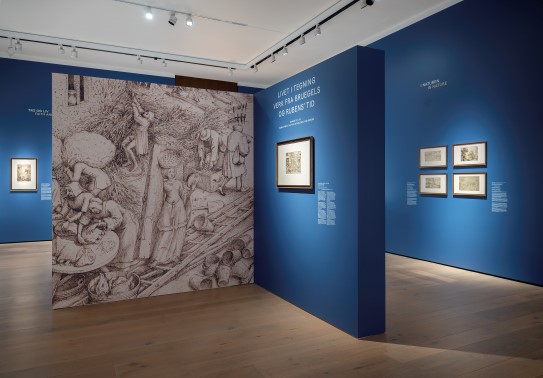Drawn to Life. Works from the time of Bruegel and Rubens

Transcription
Stephan Kuhn
In the 16th and 17th centuries, the art of drawing flourished in the Netherlands.
Landscapes and animals, mythological events, biblical scenes, and representations of everyday life interpreted as symbolic scenes, were popular themes among artists.
Narrator
This is Stephan Kuhn, art historian at the National Museum
Stephan Kuhn
In the south of the Netherlands – what is now Belgium – it was Antwerp in particular, that stood out.
Late in the 16th century, the trading town was one of the largest and richest in Europe with over a hundred thousand inhabitants.
Art flourished, and an open art market was established.
Here, there was a large selection of different items for sale, from panel paintings, sculptures, and books to tapestries.
Narrator:
Several artists worked or were educated in the city. The most famous of the 16th century was probably Pieter Bruegel the Elder...
Stephan Kuhn
Like many of his colleagues, he traveled to Italy to see contemporary art and ancient relics. Following these trips, they returned to their homeland inspired…
Parallel to this flourishing in art and economics, the era was characterized by major religious conflicts between the Catholic and Protestant faiths. The confessional conflicts forced several artists to move from their hometown, either to the Protestant north, or to the Catholic south.
And this then led to Amsterdam, Utrecht and Haarlem developing into dominant trade and art centres beyond the 17th century…